“Right plant, right place.” This mantra, good for muttering to oneself at the nursery so as not to waste money on temptations that, though beautiful, have absolutely no business being in your garden, is also a way to remember to pick the right plant for the soil, water, and light conditions that exist in the spot that you want planted. That way, you won’t have to constantly amend, irrigate, and consternate over your new purchase just to keep it alive.
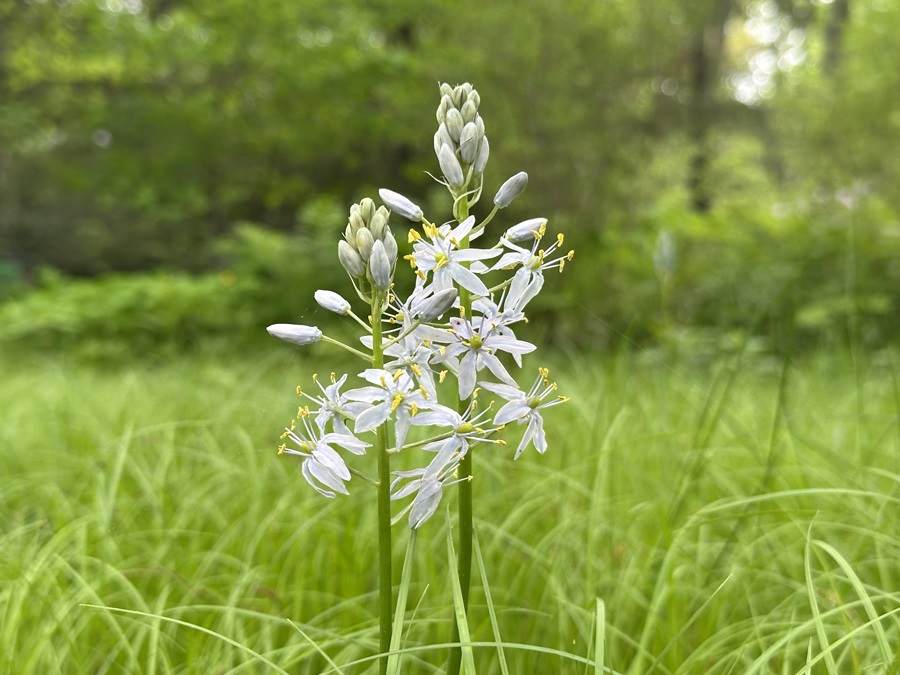
Plants that are native to the Outer Cape have evolved over the eons to be perfectly suited for conditions here, so they’re the obvious choice for creating a sustainable (and drama-free) bed. But what if you’re still not sure which native plant is going to thrive in a particular corner of your garden?
One right place to find the answer is the Garden in the Woods in Framingham, a sanctuary of native plants owned by the Native Plant Trust, a nonprofit and the preeminent organization in the Northeast dedicated to native plant conservation and education. It’s open to the public (there’s an entrance fee of $18) from mid-April to mid-November.
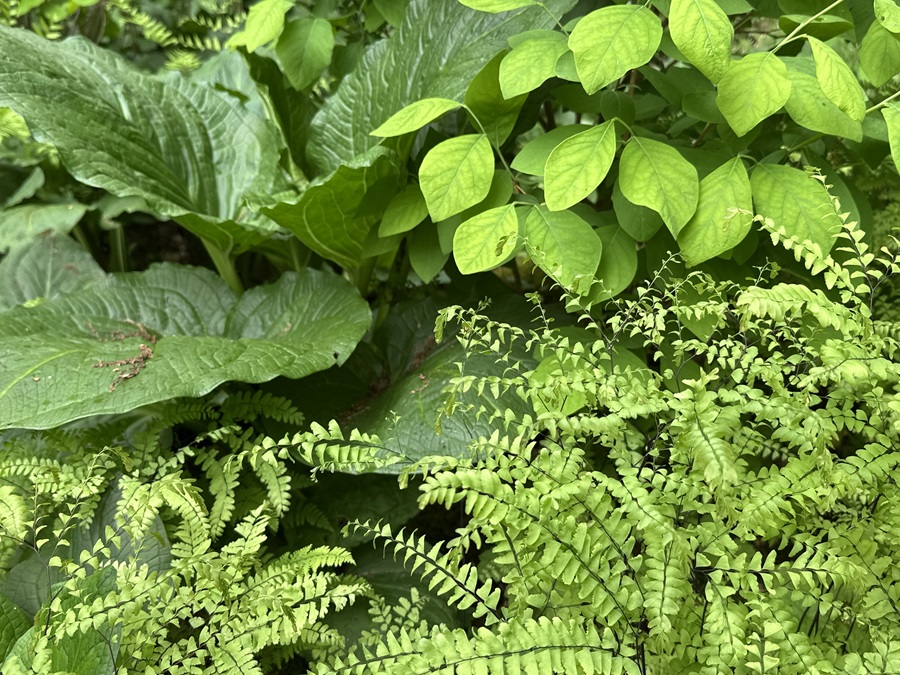
Traveling two and a half hours by car to the suburbs of Boston to solve a plant problem might not seem like an efficient use of your time. My strategy on a recent trip was to focus on the destination: a tranquil botanical garden that contains more than 1,000 native plant species, all nestled within 40 acres of serene, mature oak forest. Soon after I arrived, the miles it took to get there were quickly forgotten.
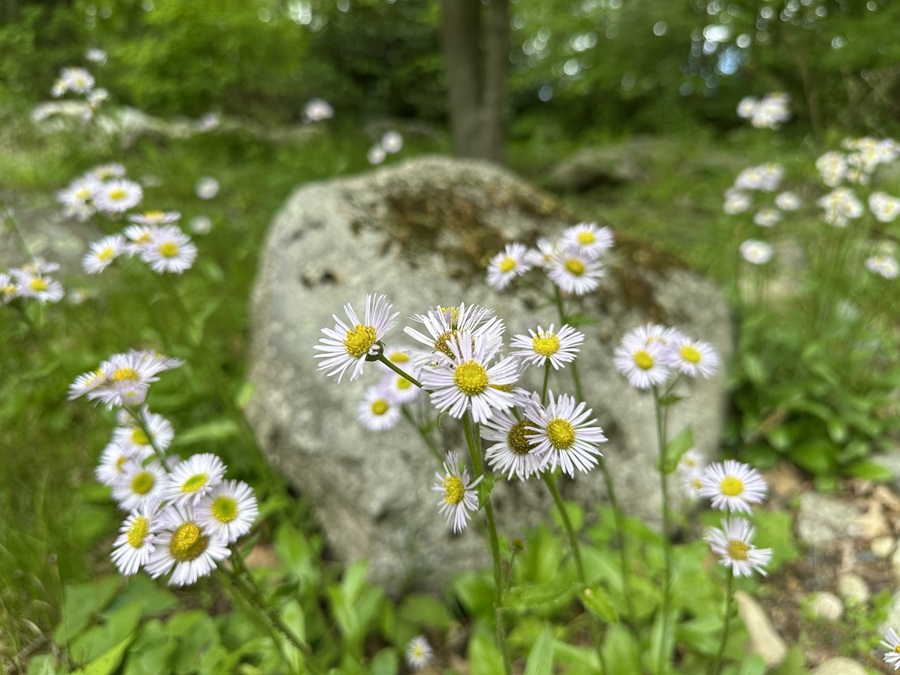
Despite the name, it’s not just woods that await you; the landscape comprises an impressive number of habitats. Along the main path through the garden, which begins and ends at a visitor center (snacks are available, and you can pre-order a lunch), you’ll find a kettle pond, a bog, a swamp, a meadow, an alkaline outcropping of limestone, and a sandplain — and all the native plants within the plant communities that populate each setting.
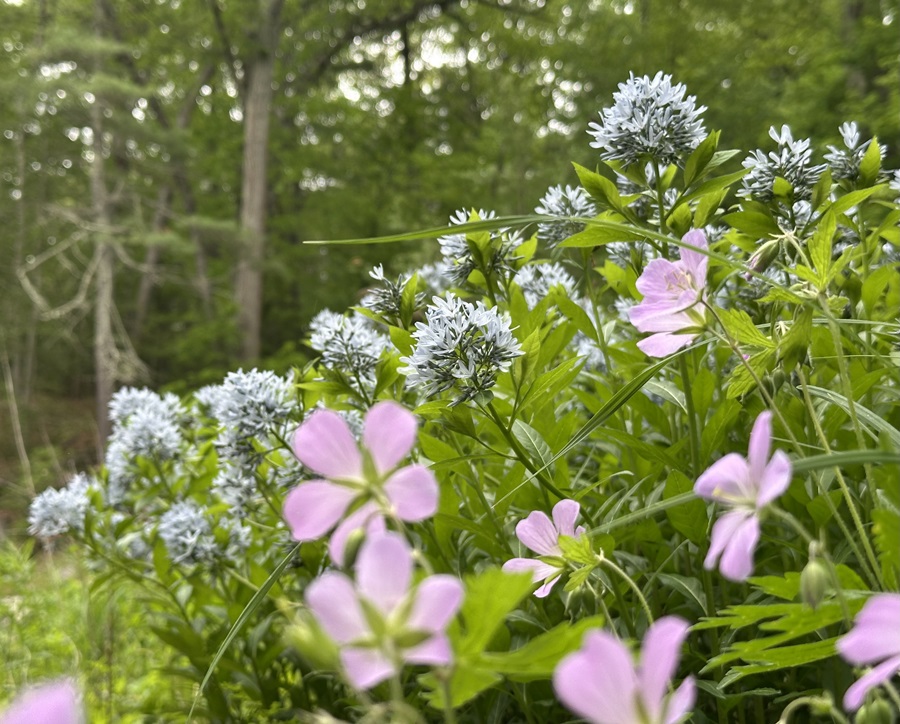
Additional hiking trails spring off from the main loop, too. One goes high along an esker — a gravelly ridge formation that the last glacier left behind. Another explores a brook and beech grove down in the adjacent valley.
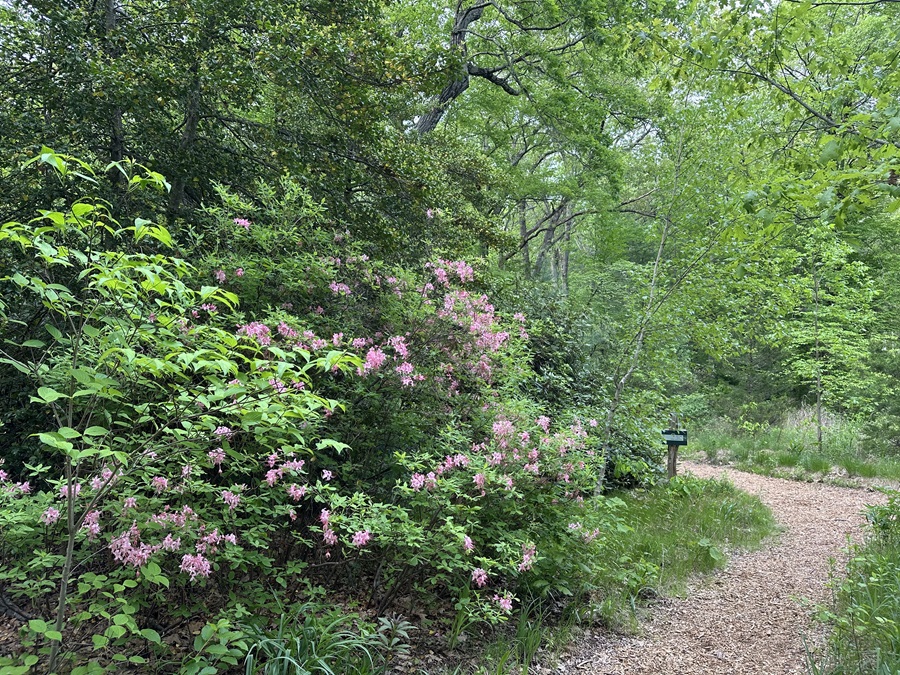
My trip in late May wasn’t to solve any specific plant dilemma but to come away with inspiration for future projects. There was plenty.
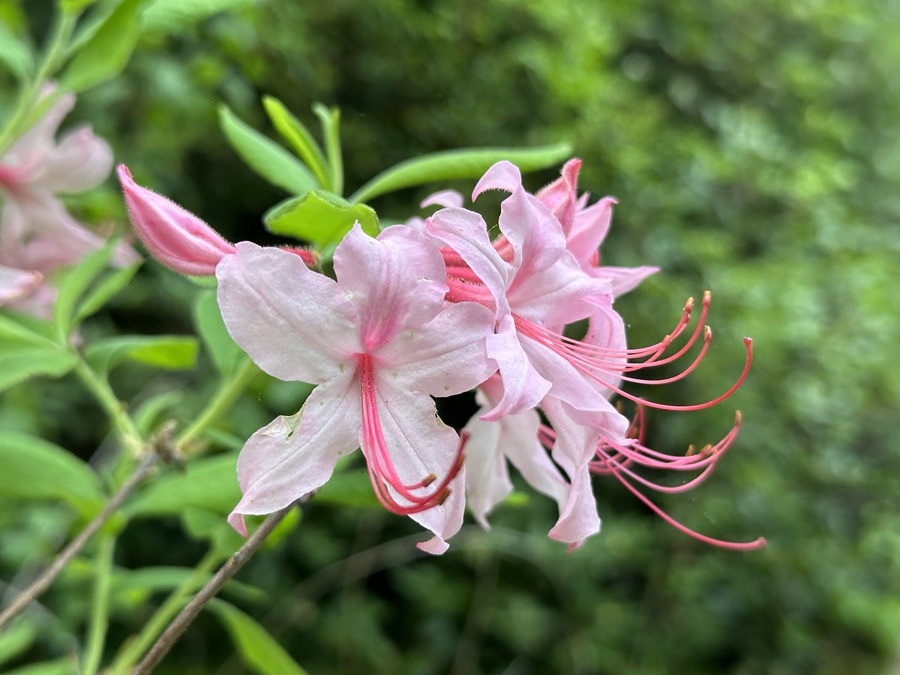
Certain combinations of colors and textures stood out: wild geranium with bluestar, roseshell azalea against American holly, skunk cabbage next to leatherwood and maidenhair fern. Individual plants also stopped me in my tracks: Robin’s plantain punctuating a length of garden path; wild hyacinth adding a burst of spring color to Pennsylvania sedge; a strange bog plant named golden-club that was downright otherworldly, though the next week I found it growing right here at home in a pond in Provincetown.
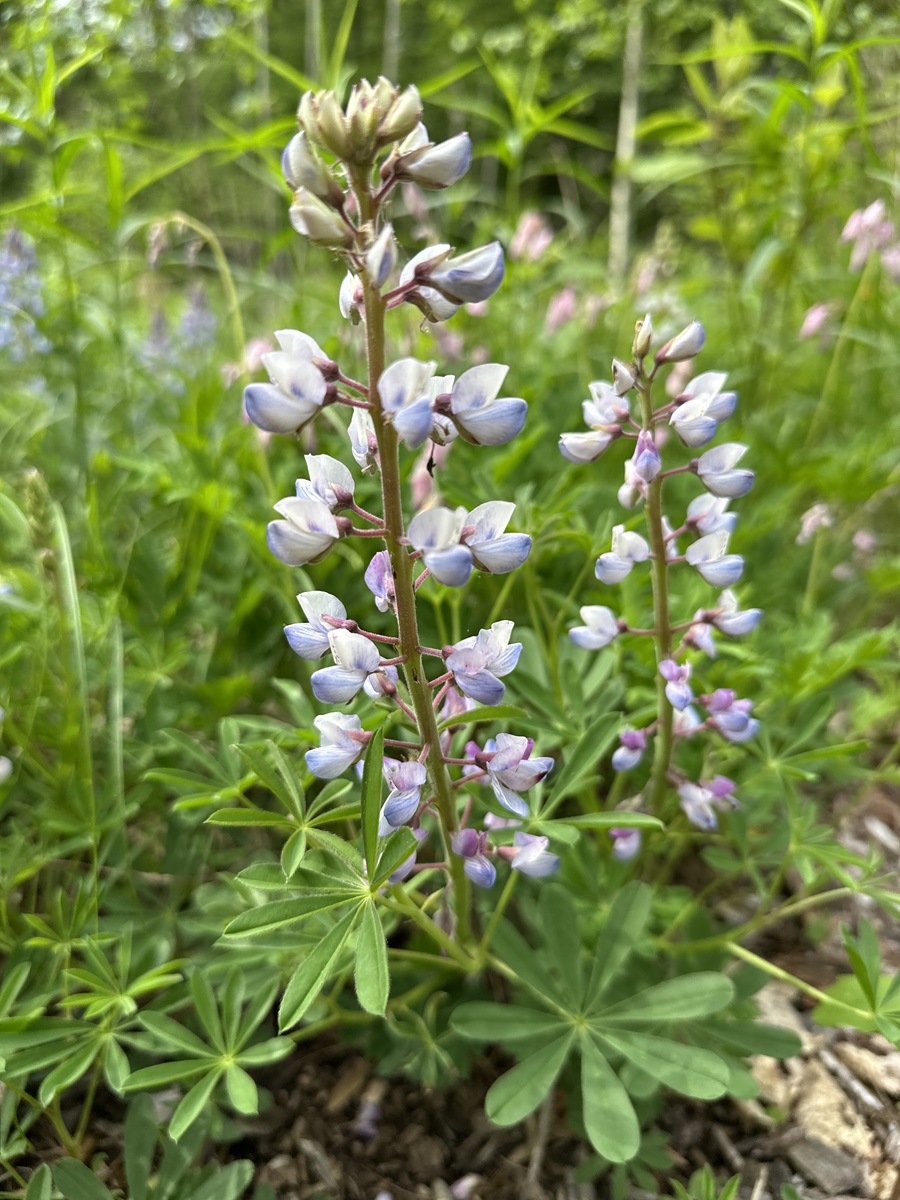
It’s impossible not to shop at the on-site nursery, where many of the native perennials, shrubs, and trees were started from seed and all of them grown without pesticides. I let out a little gasp when I came across three-toothed cinquefoil, a native groundcover I had only read about. I left with those and two wild strawberries — five pots of native species to add to a mix of bearberry and purple poppy mallow for a sunny, dry spot I’ve been tinkering with. The plants didn’t seem to mind the long drive home.
